- Your cart is empty
- Continue Shopping
Aerotrop Inhalation
Aerotrop Inhalation is a prescription medicine that belongs to the class of bronchodilators and is mainly used in the management of chronic obstructive pulmonary disease and related respiratory conditions. This inhalation therapy works by relaxing the muscles of the airways and improving airflow to the lungs, thereby helping patients breathe more comfortably. It reduces symptoms such as shortness of breath, wheezing, chest tightness, and cough, allowing patients to perform daily activities with less discomfort. The medicine should be used regularly as prescribed by a doctor for maximum effectiveness and should not be used for sudden breathing attacks. Aerotrop Inhalation plays a vital role in long term management of lung function and provides better control over chronic respiratory problems. It is important to use the inhaler correctly for the medicine to deliver its full benefits and follow all medical advice regarding dosage and duration to avoid unnecessary risks.
Benefits of Aerotrop Inhalation
-
Helps in reducing breathing difficulty in patients with lung disorders
-
Improves airflow in the lungs by relaxing airway muscles
-
Provides long term relief in chronic obstructive pulmonary disease
-
Decreases episodes of wheezing and chest tightness
-
Supports better oxygen intake during daily activities
-
Enhances quality of life in patients with chronic lung disease
-
Helps in reducing hospital visits due to breathing problems
-
Improves tolerance to physical activity by easing shortness of breath
-
Offers sustained relief when used regularly
-
Works effectively when used with proper inhalation technique
-
May help reduce dependence on rescue inhalers
-
Provides smoother breathing pattern for patients
-
Minimizes progression of airway obstruction over time
-
Can be used as part of long term therapy plan
-
Offers targeted relief directly to the lungs
Possible Side Effects
-
Dryness in mouth or throat
-
Headache or mild dizziness
-
Blurred vision in some cases
-
Cough or irritation after inhalation
-
Constipation or stomach upset
-
Fast heartbeat or palpitations
-
Nervousness or restlessness
-
Skin rash or itching in rare cases
-
Swelling of lips or tongue if allergic
-
Urinary discomfort in some patients
-
Sore throat or hoarseness of voice
-
Nausea or mild vomiting
-
Chest pain in rare situations
-
Increased pressure in eyes if misused
How to Use
-
Shake the inhaler well before every use
-
Breathe out fully before taking a puff
-
Place mouthpiece firmly between lips and inhale deeply
-
Hold breath for a few seconds after inhalation
-
Exhale slowly through the nose
-
Use at the same time each day for best results
-
Do not exceed the recommended dose
-
Always follow doctor’s instructions for usage
-
Rinse mouth with water after use to avoid irritation
-
Check inhaler regularly to ensure proper function
How it Works
-
Relaxes the smooth muscles of the airways
-
Expands the bronchial tubes for easier airflow
-
Reduces airway obstruction in chronic lung disease
-
Provides prolonged bronchodilation for better breathing
-
Targets airway muscles directly through inhalation route
-
Maintains open air passages with regular use
-
Minimizes airway resistance during physical activity
-
Helps in improving lung function gradually
-
Provides consistent control over symptoms
-
Supports oxygen supply to the body efficiently
What to Avoid
-
Avoid taking more puffs than advised
-
Avoid sudden discontinuation without doctor’s advice
-
Avoid smoking as it reduces effectiveness
-
Avoid exposure to dust and strong fumes
-
Avoid using expired or damaged inhaler
-
Avoid alcohol which may worsen side effects
-
Avoid sharing inhaler with others
-
Avoid taking with similar bronchodilators unless prescribed
-
Avoid skipping doses for best control
-
Avoid misuse in children without medical advice
-
Avoid using if allergic to its components
Safety Advice
-
Use under medical supervision only
-
Inform doctor if pregnant or breastfeeding
-
Monitor eye pressure if having glaucoma
-
Inform doctor about heart related problems
-
Do not use for sudden asthma attacks
-
Store inhaler away from heat and direct sunlight
-
Keep out of reach of children
-
Use spacer device if advised by doctor
-
Clean inhaler mouthpiece regularly
-
Do not puncture or burn the inhaler canister
-
Report any unusual reactions immediately
Precautions
-
Take special care if having urinary retention issues
-
Use cautiously if suffering from prostate enlargement
-
Inform doctor about kidney or liver problems
-
Avoid abrupt dose changes without medical advice
-
Practice correct inhalation technique every time
-
Carry a rescue inhaler for sudden attacks separately
-
Do not drive if dizziness or blurred vision occurs
-
Keep hydrated to reduce dry mouth effect
-
Attend regular checkups to monitor lung function
-
Inform healthcare provider about all other medicines being taken
-
Avoid contact with eyes during inhalation use
-
Do not use continuously without periodic medical evaluation




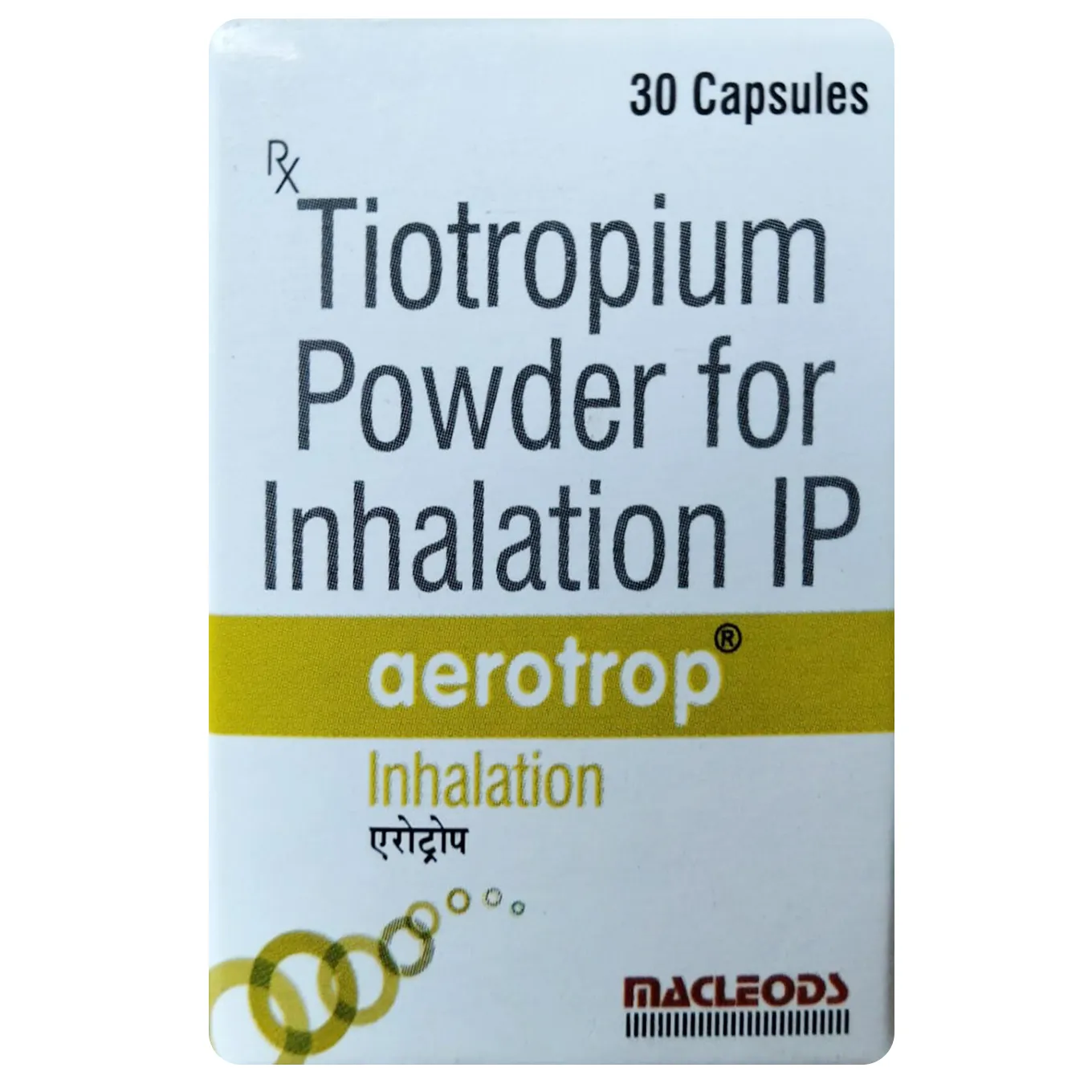
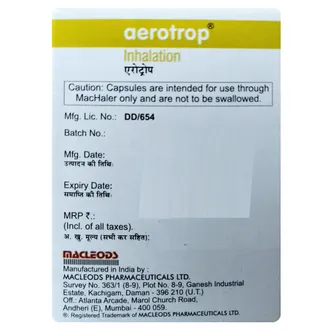
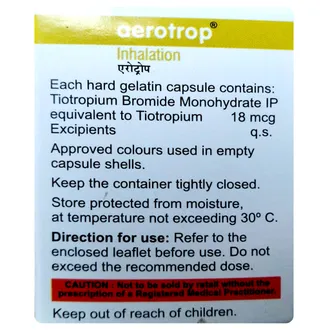
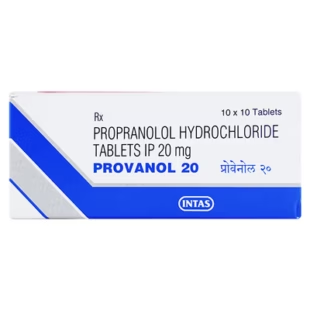
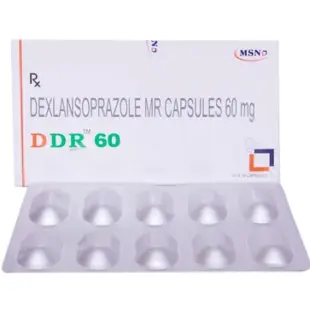
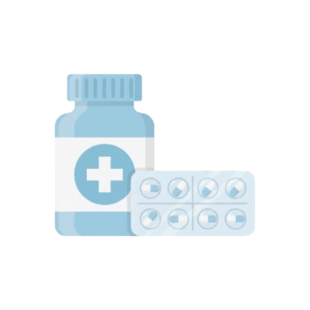

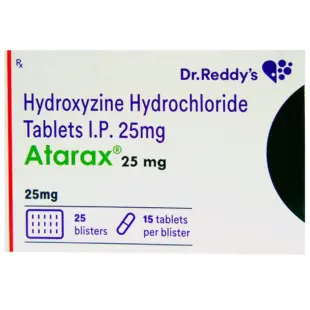
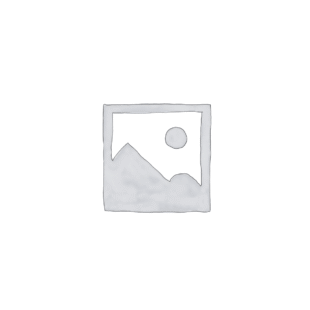
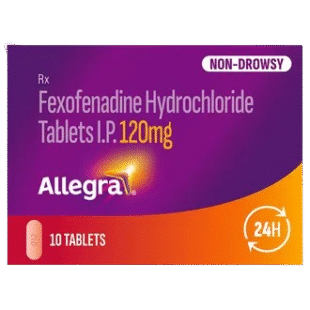
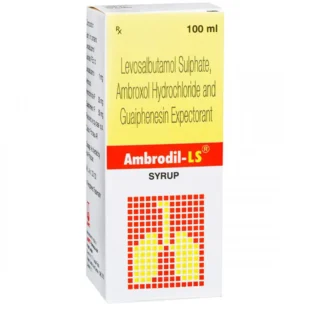
Reviews
There are no reviews yet.